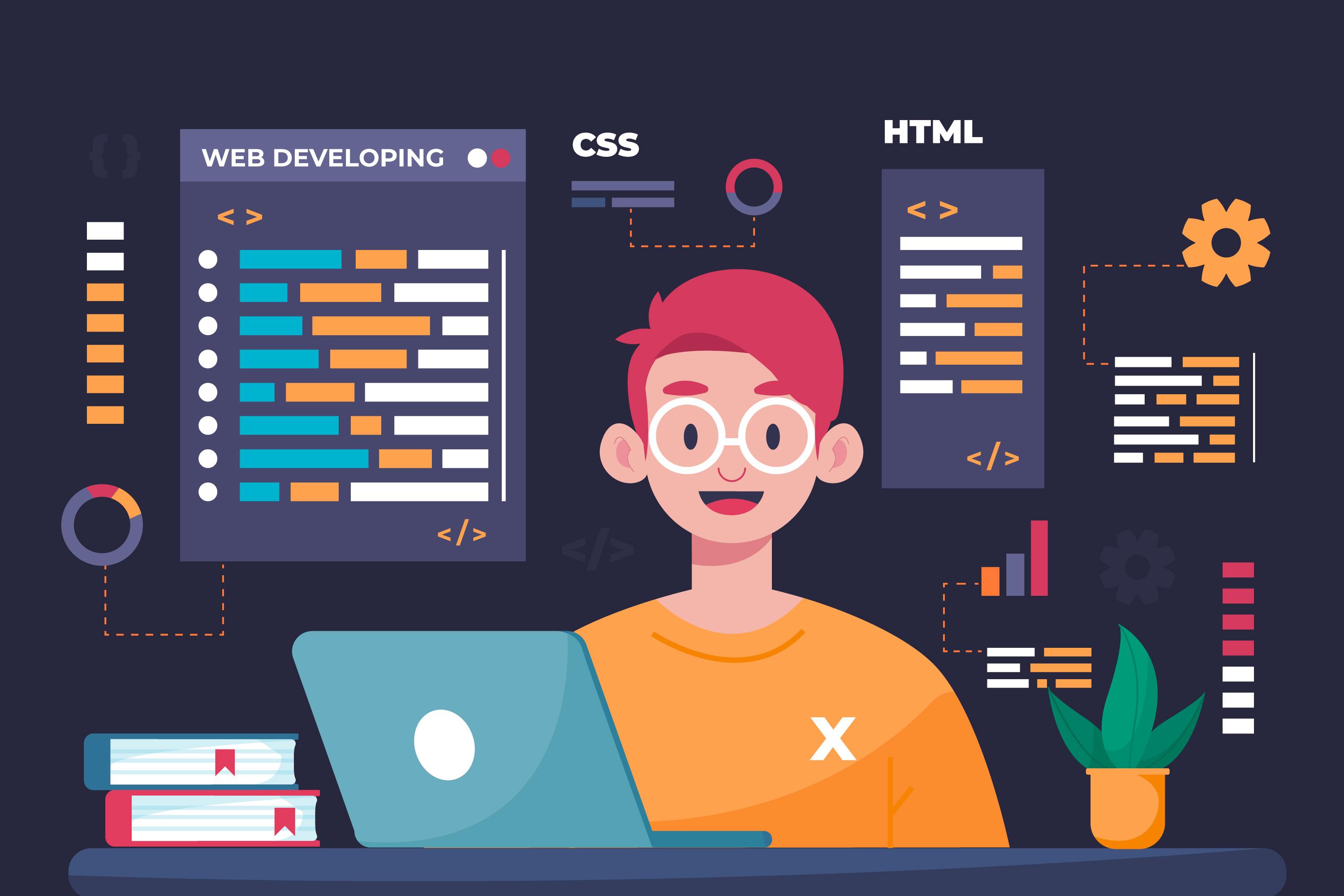Devoted Developers vs. In-House Teams: Which Is Right for You?
The choice between using specialized designers and preserving an in-house group is a substantial one that can impact the trajectory of your jobs and overall organization method. Devoted designers offer a level of flexibility and specific proficiency that can be helpful for certain, temporary campaigns. Conversely, in-house groups contribute to a natural firm society and a nuanced understanding of long-lasting goals. By checking out vital factors such as spending plan, project extent, and preferred control, you can much better figure out which method straightens with your business demands. The implications of this choice expand past prompt end results-- take into consideration the broader effect on your organization landscape.
Comprehending Devoted Developers
The growing need for specialized abilities in the tech industry has actually resulted in the appearance of specialized developers as a feasible remedy for several companies. These professionals are typically acquired on a job basis, permitting firms to leverage specific expertise without the long-term dedication connected with full time hires. Committed designers are frequently embedded within a customer's team, providing flexibility and scalability to satisfy project demands.
This version enables companies to access a worldwide skill pool, which is specifically useful in a quickly evolving technological landscape. Committed programmers can be sourced from different geographical locations, making sure that business can find the best capability at affordable prices. They typically bring a wide range of experience and understanding, having dealt with varied tasks across various industries.
Furthermore, specialized developers can concentrate exclusively on the tasks handy, enhancing efficiency and efficiency. They are furnished to incorporate effortlessly into existing process, working together closely with internal teams to accomplish project objectives. This strategy not just decreases the problem of employment and training however likewise enables companies to stay nimble, adjusting rapidly to transforming market needs and technical improvements.
Advantages of In-House Teams

Additionally, internal teams tend to have a much deeper understanding of the business's mission, values, and goals. This placement can enhance employee involvement and motivation, as group members really feel more attached to their work and the company's success. Furthermore, having a devoted internal group enables for better placement of purposes and techniques, as these members are continually concentrated on the business's concerns.
In-house teams also assist in quicker decision-making procedures, as they can react extra quickly to difficulties and changes. The established partnerships and knowledge with firm methods enable structured process and decreased miscommunication. Eventually, the combination of a natural culture, positioning with business goals, and reliable interaction makes internal groups an important property for several companies, especially those seeking to grow long-lasting growth and innovation.
Expense Factors To Consider
When examining price factors to consider, both in-house groups and specialized designers existing distinct monetary ramifications for organizations. Involving specialized programmers generally entails a pay-per-project or per hour price version, which can be cost-effective for businesses with changing job needs. This technique enables for flexibility in scaling resources up or down, making certain that business only pay for the solutions they need.
In comparison, in-house teams involve repaired costs, consisting of salaries, benefits, and overhead expenses such as workplace and tools. While this design offers better control and prompt accessibility of resources, it may lead to higher long-lasting costs, especially if the work does not validate a full-time team.
Additionally, firms must consider the concealed prices connected with recruitment and training of in-house staff members, which can additionally strain spending plans. Sometimes, the time and sources invested in managing an internal team can diminish the organization's core organization goals.

Task Monitoring and Flexibility
Task monitoring and flexibility are critical factors that affect the choice in between committed designers and internal teams. Dedicated developers usually offer a high degree of versatility, enabling organizations to scale resources up or down based upon task needs. This agility can be especially helpful for organizations experiencing fluctuating workloads or those seeking address to introduce rapidly. Devoted teams frequently have actually established processes for managing projects successfully, leveraging details techniques like Agile or Scrum, which promote iterative progress and adaptability.

Eventually, the selection between in-house teams and committed developers depends upon the desired level of versatility and click here for info the particular task administration demands. Companies must evaluate their functional dynamics, job complexity, and source accessibility to establish which choice aligns best with their strategic objectives.
Making the Right Option
Selecting the best development technique-- internal teams or committed programmers-- needs a careful evaluation of various elements that align with a firm's strategic objectives. Conversely, in-house teams can give far better continuity and combination with existing employees.
Following, review your budget plan. Devoted developers usually provide an economical solution for short-term tasks, while in-house groups may incur higher lasting costs because of wages, benefits, and expenses costs. Examine the degree of control and cooperation preferred; internal teams usually foster more powerful communication and placement with company society.
If immediate outcomes are essential, devoted designers can be onboarded rapidly, whereas constructing an internal group takes time for employment and training. If constant development is vital, investing in an in-house group may generate much better returns over time.
Final Thought
To conclude, the decision in between dedicated developers and internal groups rests on job requirements and organizational purposes. Committed programmers supply adaptability and specific expertise, making them suitable for temporary efforts. Conversely, in-house groups grow a natural culture and deeper placement with long-lasting goals. Mindful evaluation of spending plan restrictions, project timelines, and desired control degrees is necessary for establishing one of the most proper approach, guaranteeing alignment with strategic concerns and operational effectiveness.
The choice in between using committed programmers and maintaining an internal team is a considerable one that can influence the trajectory of your tasks and general business method.Job monitoring and adaptability are important variables that affect the choice between committed programmers and in-house groups. dedicated development team.In comparison, in-house groups might excel in keeping a regular task official website administration structure due to their familiarity with the company's society and long-lasting goals. Committed designers frequently provide a cost-effective option for temporary jobs, while in-house groups may sustain higher long-lasting costs due to incomes, benefits, and expenses expenses.In final thought, the decision between internal teams and devoted designers hinges on task demands and business purposes